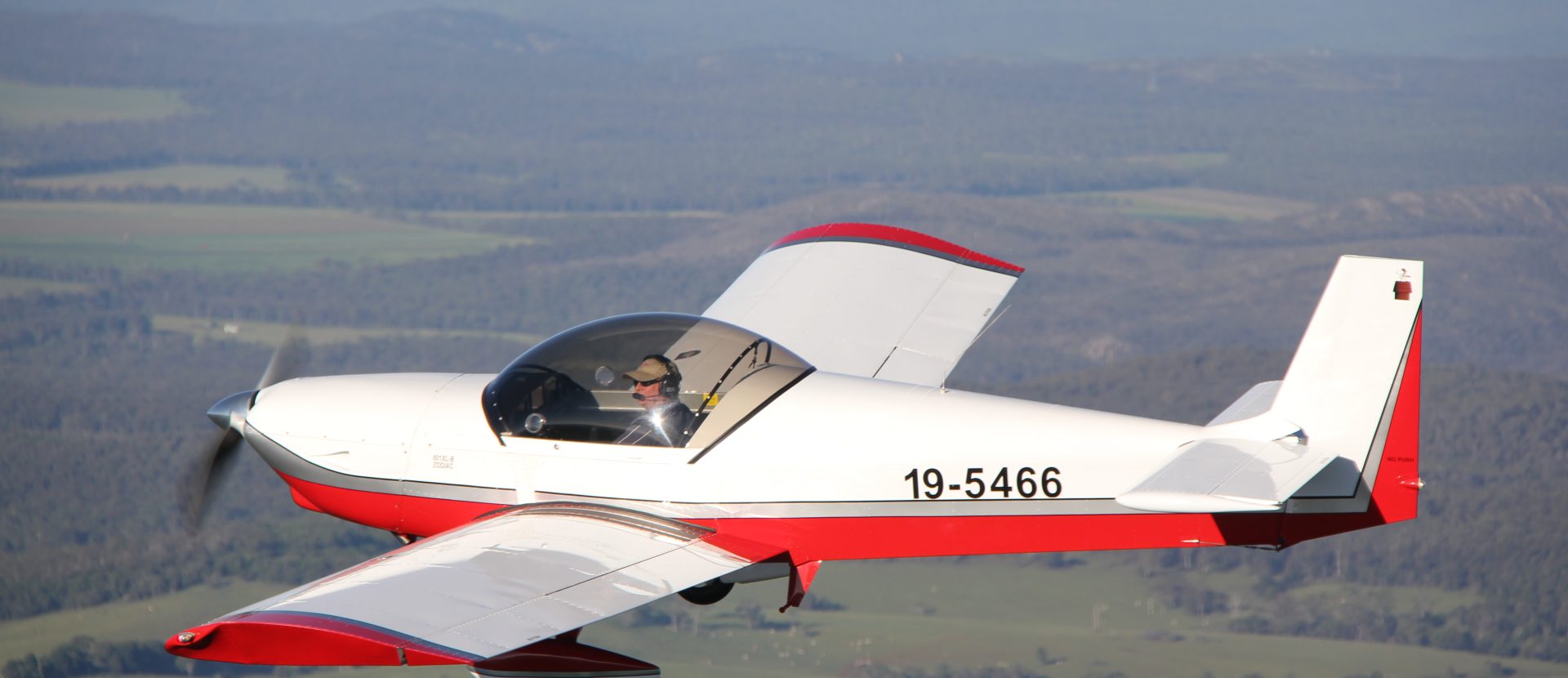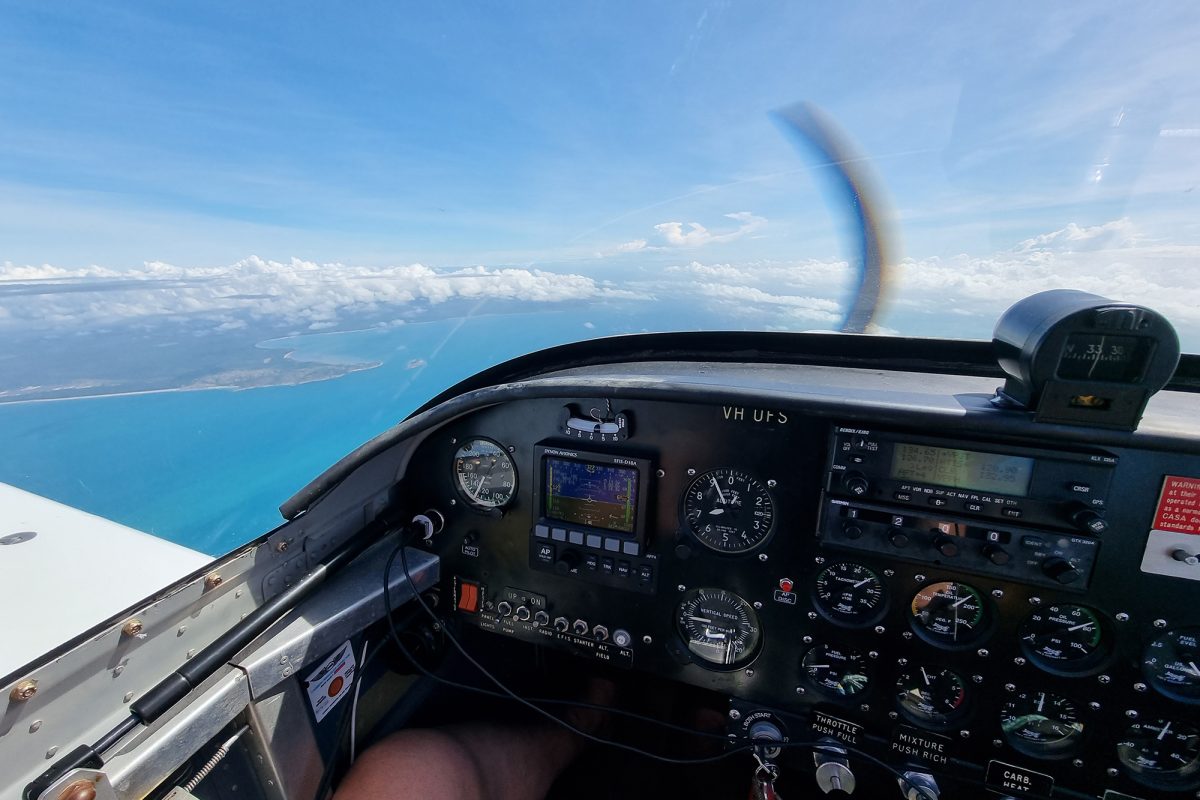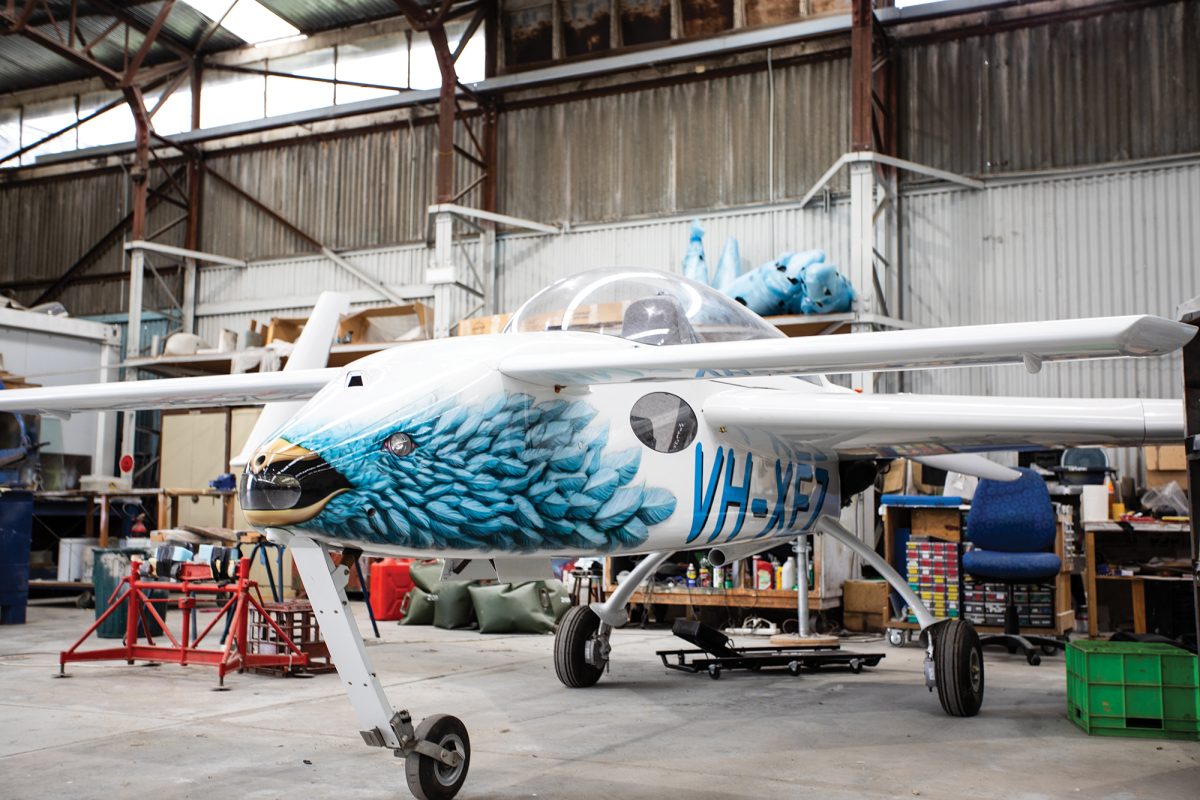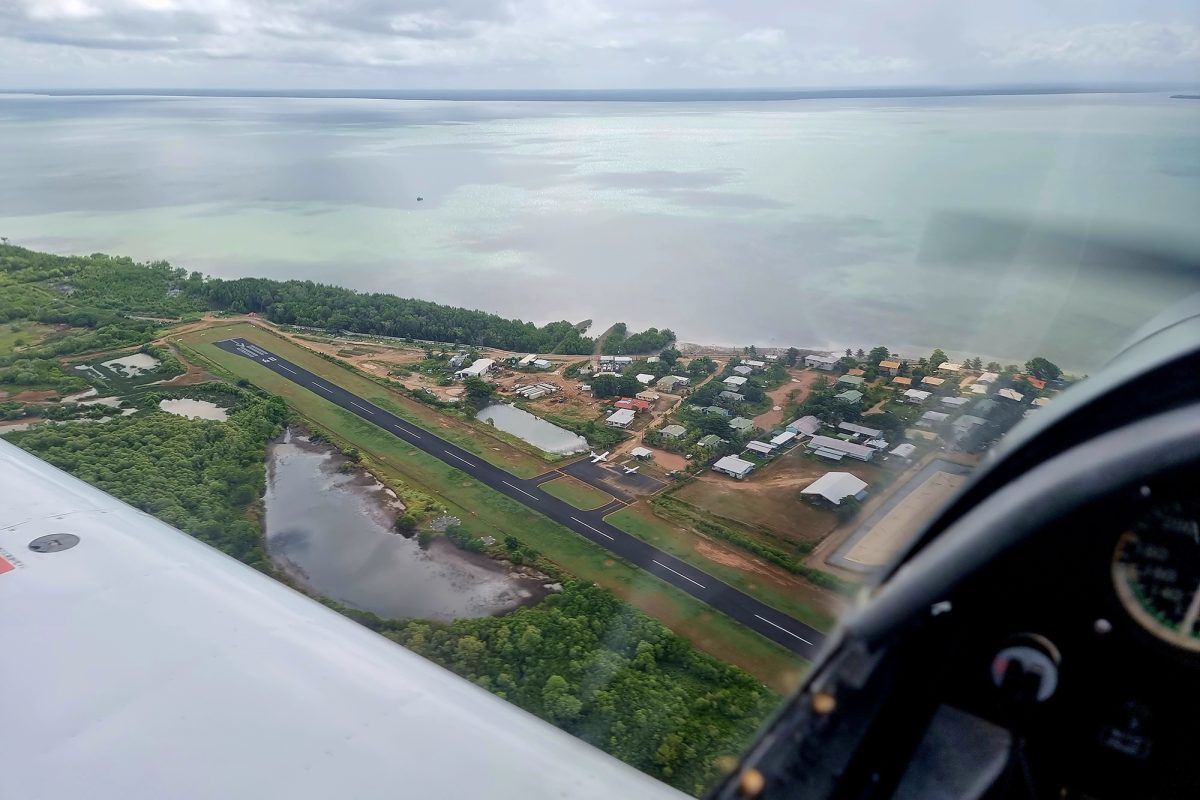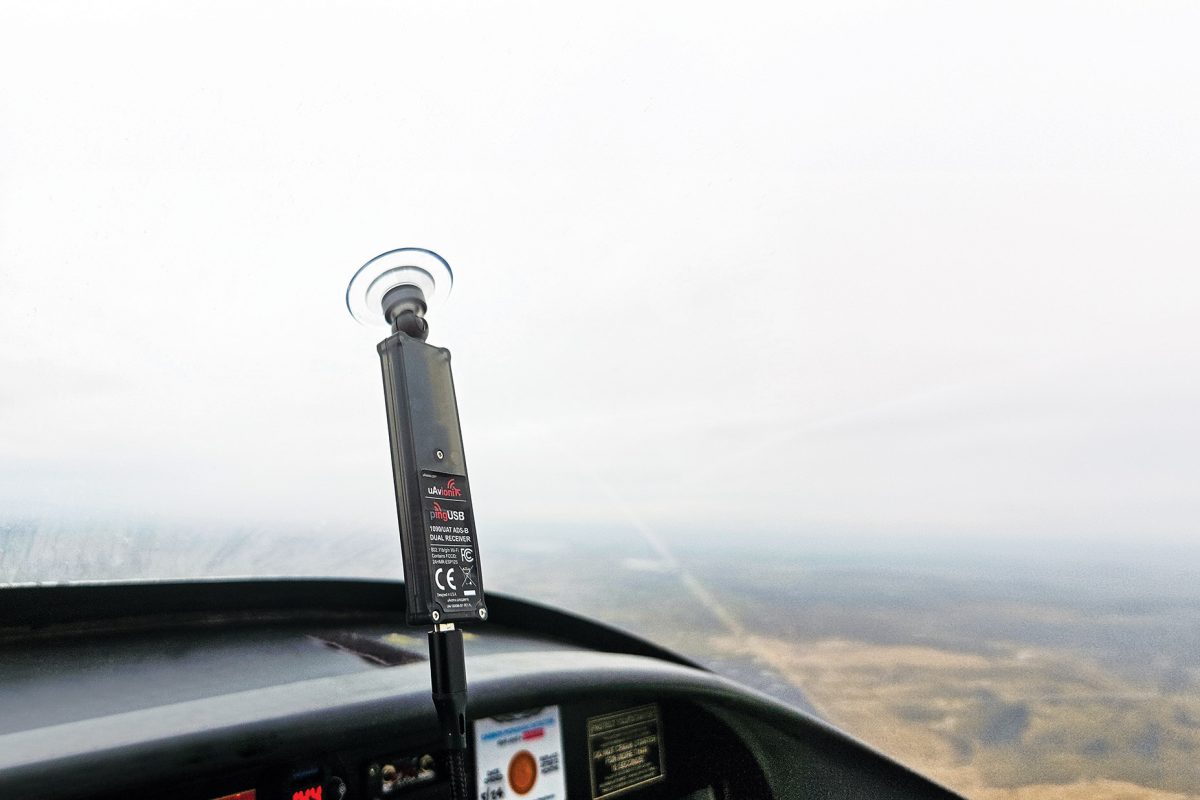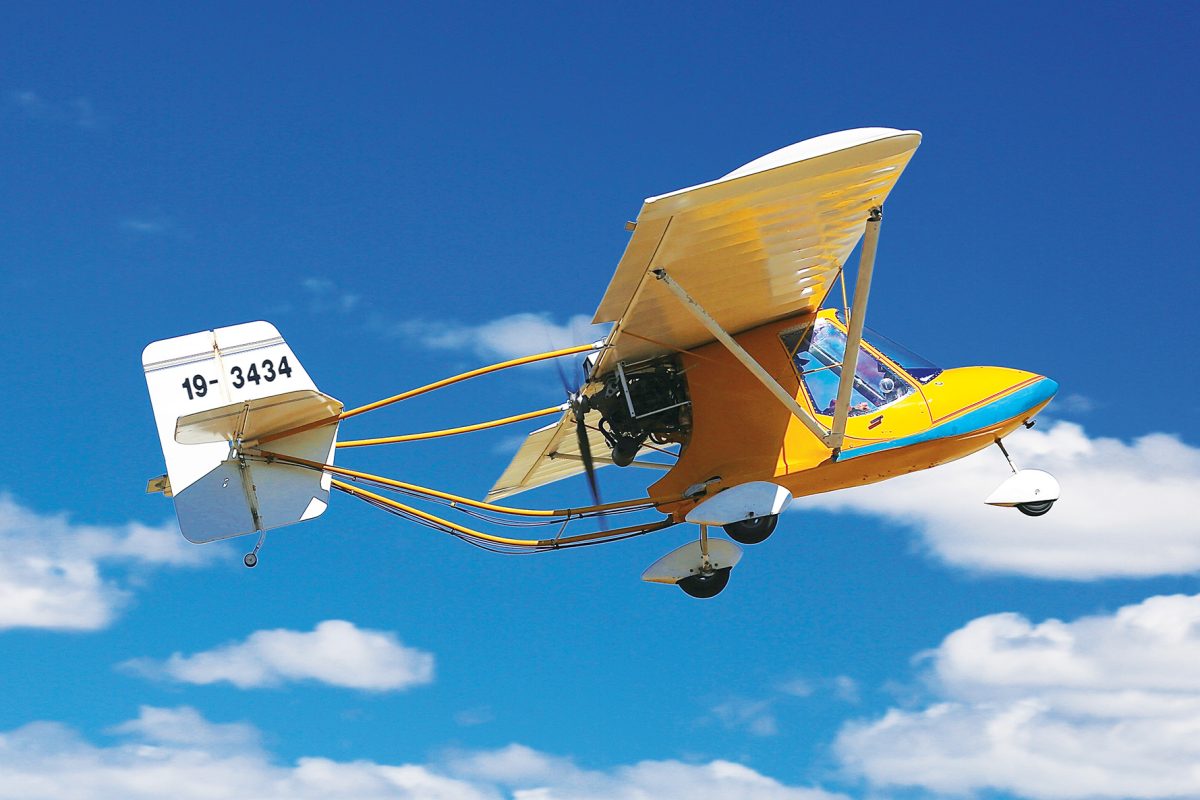The increase in the Maximum Take Off Weight (MTOW) of RAAus aircraft is moving steadily closer to approval and implementation, so now is a great time
to revisit a range of pilot planning factors relevant to weight and balance.
Weighing an aircraft accurately prior to flight testing is a critical part of the process. If the MTOW or Weight and Balance (W&B) are calculated incorrectly, the test flight is likely to be a short one, ending in tragic injury, aircraft damage, or turning the pilot’s hair grey.
There is so much more to W&B than simply assessing whether or not the manufacturer MTOW is being exceeded. Consistent balance in RAAus aircraft can be maintained by simply nominating the maximum baggage weight permitted in the area behind the seats and specifying the MTOW limitation in the Pilot Operating Handbook (POH). Provided these limits are not exceeded, the aircraft will remain in balance throughout the flight.
However, the more common method is to provide a W&B calculation process using moment arms, locations, or charts to permit the plotting of the W&B. While not commonly operated in RAAus, there are aircraft which have a moveable W&B limitation as fuel is used during the flight.
Regardless, it is still critical to read the POH, understand the aircraft manufacturer limitations and operate the aircraft as directed.
Even if the aircraft has completed its flight test period, similar to humans, aircraft gain weight over time. It might be as simple as carrying a tie down kit with a hammer to drive in those pesky pegs, spare equipment, the addition of new avionics, a change in propeller, or the flight might include a new passenger who has gained a little weight.
Aircraft owners could also consider asking a suitably qualified person to complete a new W&B for the aircraft. It’s worth noting it is not a requirement to complete a new W&B if the total change does not exceed 5kg.
Likewise, if you are taking passengers, or delivering instructions, having a set of scales at your hangar or office will provide a simple way to ensure the MTOW of the aircraft is not exceeded by “self-loading freight”.
Let’s play out a hypothetical scenario. The aircraft is 15 years old, the owner added a new EFIS system and requires pilots to carry water, a tie down kit and spare tubes for the main and nose wheels. Your friend arrives and you notice since you last flew together, and possibly thanks to COVID, they have added a few kilos. But how do you know you are still compliant to safely fly? A laminated checklist that includes the empty weight of the aircraft, pilot and passenger weights, as well as the expected fuel load, will ensure that the flight operates within W&B and MTOW range.
After weighing your friend (explaining the importance of this calculation, and not your intention to embarrass them), you realise you will have to reduce your intended fuel load by 15 litres (10.8 kilos). This will also require a change in location, so you adjust your flight plan, take off and enjoy your planned flight.
Let’s take this example a little further. Assume you didn’t weigh your friend, they arrived late, so you take off 2 hours after intended from your private grass strip of 550 metres. You were supposed to mow the strip last week, but it was raining, and the surface is still too soft for the tractor. By now, the temperature has gone up by 10 degrees, and for “some reason” the aircraft doesn’t seem to accelerate like it should. As the fence at the other end of the strip looms, you realise you have just played out the classic “she’ll be right mate” scenario, which RAAus sees regularly in accident and incident reports.
So, what am I really trying to say? As the pilot in command, we must all challenge ourselves to ensure we use all the information available to us. Always check information from the manufacturer, and use the 5P Principle (Prior Planning Prevents Poor Performance), to ensure flights are compliant and most importantly, safe.
